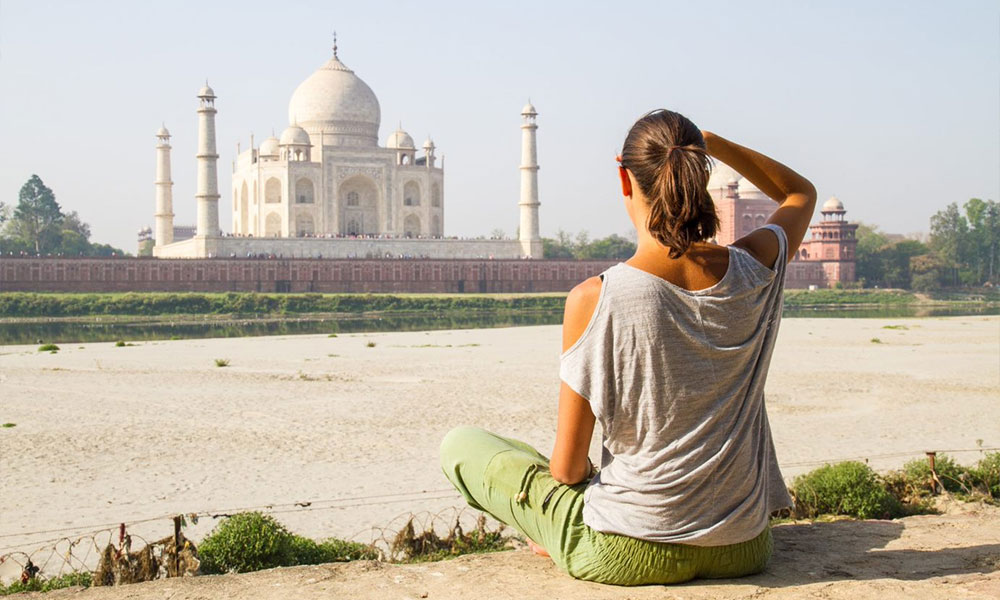India, a land of incredible diversity, is not just a country; it's a mosaic of cultures, traditions, languages, and landscapes. From the snow-capped Himalayas in the north to the pristine beaches in the south, India offers a kaleidoscope of experiences that captivate the senses. In this article, we will embark on a journey to explore the myriad facets of India, from its rich history and cultural heritage to its booming economy and technological advancements.
The History of India
Ancient Civilizations
India's history dates back to one of the world's oldest civilizations, the Indus Valley Civilization. With a heritage spanning over 5,000 years, India has been home to numerous dynasties, including the Mauryas, Guptas, and Mughals.
Independence and Modern India
In 1947, India gained independence from British colonial rule, marking a pivotal moment in its history. It became a democratic republic with a constitution that guarantees fundamental rights to its citizens.v
The Cultural Kaleidoscope
Languages and Traditions
India is a linguistic treasure trove with over 1,600 languages spoken across the country. Each state boasts its unique traditions, festivals, and cuisine.
The Arts and Architecture
Indian art and architecture have left an indelible mark on the world. The intricate carvings of temples, the vibrant colors of traditional paintings, and the mesmerizing dances like Bharatanatyam reflect the cultural richness.
The Land of Spirituality
Religion and Philosophy
India is the birthplace of major religions such as Hinduism, Buddhism, Jainism, and Sikhism. It's a land where spirituality is deeply ingrained in daily life.
Iconic Temples
From the magnificent temples of Varanasi to the peaceful aura of the Golden Temple in Amritsar, India is home to a plethora of sacred places.
India's Natural Wonders
Breathtaking Landscapes
India's geography is diverse, featuring lush forests, vast deserts, and fertile plains. The Himalayan region is a paradise for trekkers and adventure enthusiasts.
Wildlife Sanctuaries
The country's wildlife sanctuaries and national parks, like Ranthambore and Jim Corbett, offer a chance to encounter the majestic Bengal tiger and other exotic fauna.
The Indian Economy
Economic Growth
India is one of the world's fastest-growing major economies. It has witnessed remarkable progress in industries like IT, pharmaceuticals, and manufacturing.
Entrepreneurship
The entrepreneurial spirit is thriving in India, with startups like Flipkart, Ola, and Paytm making waves in the global market.
Technological Advancements
IT Hub
India is often called the "Silicon Valley of the East" due to its booming IT industry. Companies like Infosys and Tata Consultancy Services are global giants.
Space Exploration
ISRO, India's space agency, has achieved remarkable feats, including the Mars Orbiter Mission, which made India one of the few countries to reach Mars.
